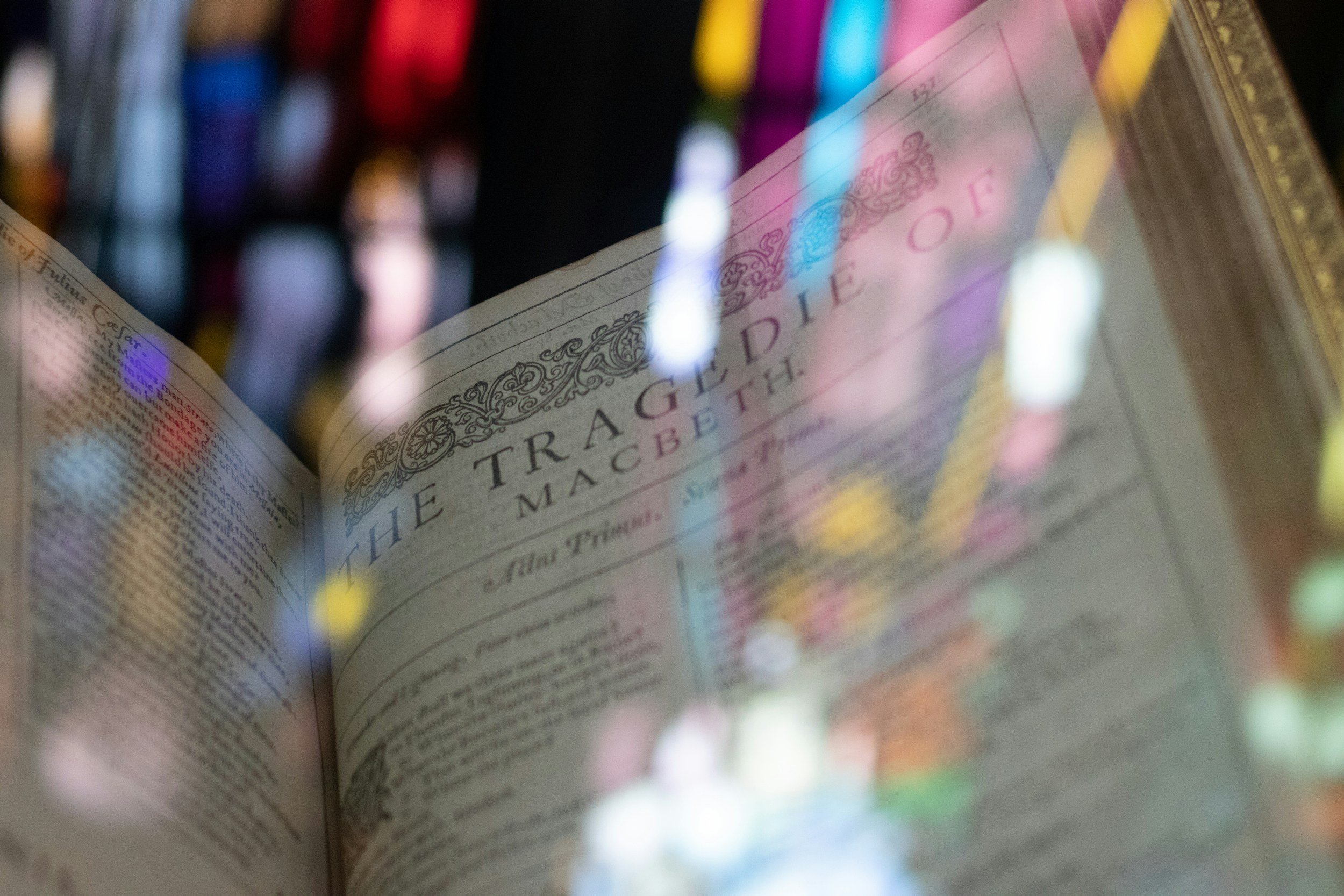William Shakespeare's Supernatural Catalysts
Two of William Shakespeare’s most famous tragedies, Macbeth and Hamlet, have been analyzed for centuries for their main characters' depth and actions. However, there are characters in both plays that—debatable—might not be “real” people, but they are the catalysts of their respective stories and set the entire plot in motion. The Witches in Macbeth and King Hamlet’s ghost in Hamlet both map out the events—or desired events—in their stories. The Witches do this through the prophecy they tell Macbeth and Banquo, and King Hamlet does this by laying out a revenge plan for his son to carry out. Shakespeare uses these otherworldly characters to set in motion the plots of both plays, but both—especially King Hamlet’s ghost—are debatably real beings. The Witches are also subjects for debate, as their only interactions are with Macbeth and Banquo. Both titular characters—Macbeth and Prince Hamlet—are the primary interactors with their stories’ supernatural entities. They are both characters who are subjects of psychological trauma, which might account for their perceptions of these supernatural beings. Macbeth is perpetually shellshocked by his culture’s constant violence, and Prince Hamlet has to deal with the familial trauma of his father’s death and his mother’s remarrying. I argue in this paper that both these plays titular characters have visions of these supernatural beings because of their trauma, and their visions of these possibly fictitious characters hold up the entire plot.
Charles B. Eppley (Kikker) is a junior at Lander University. He is currently earning his degree in English with a Media and Communications minor. Originally from Memphis, TN, he plans to call Aiken, SC, home after graduating from Lander, while also continuing his education at graduate school.


